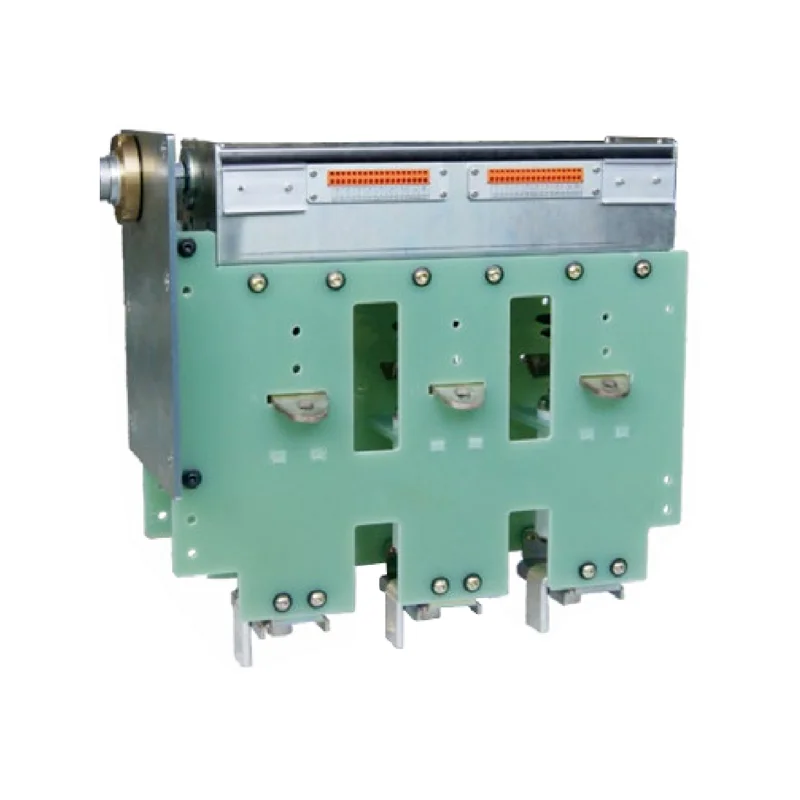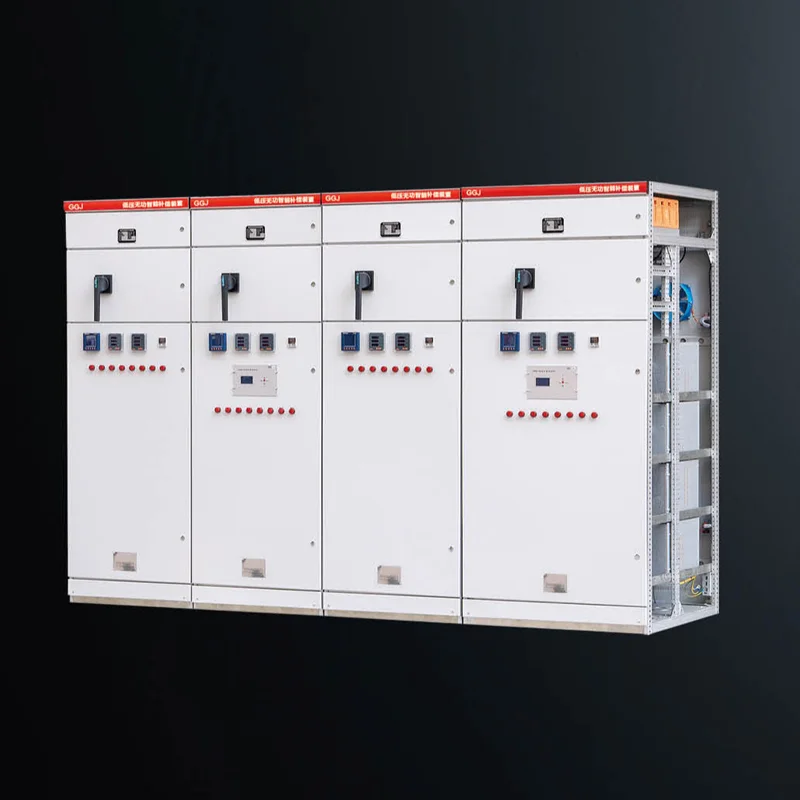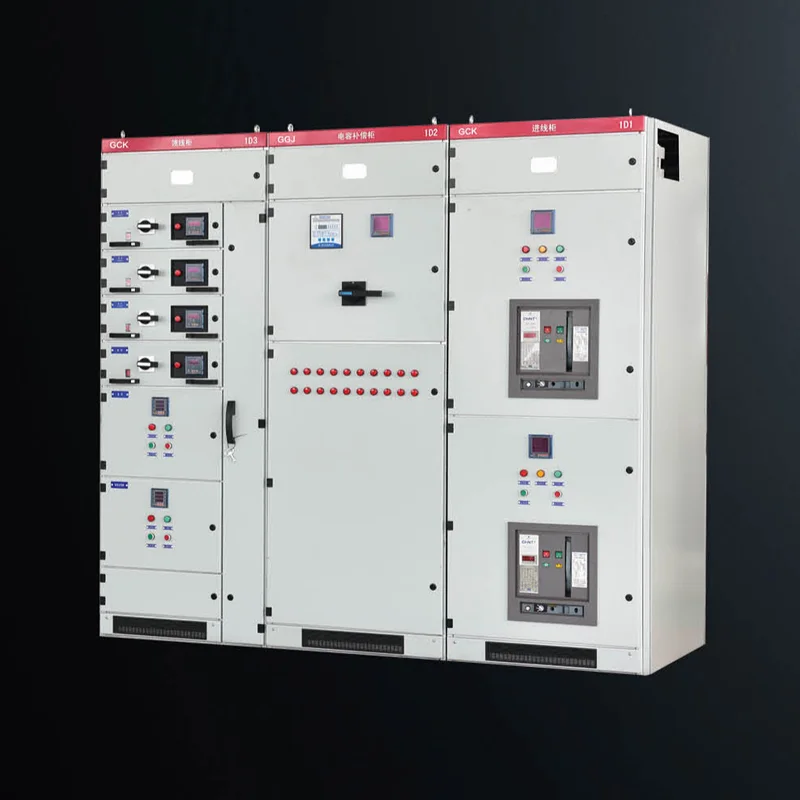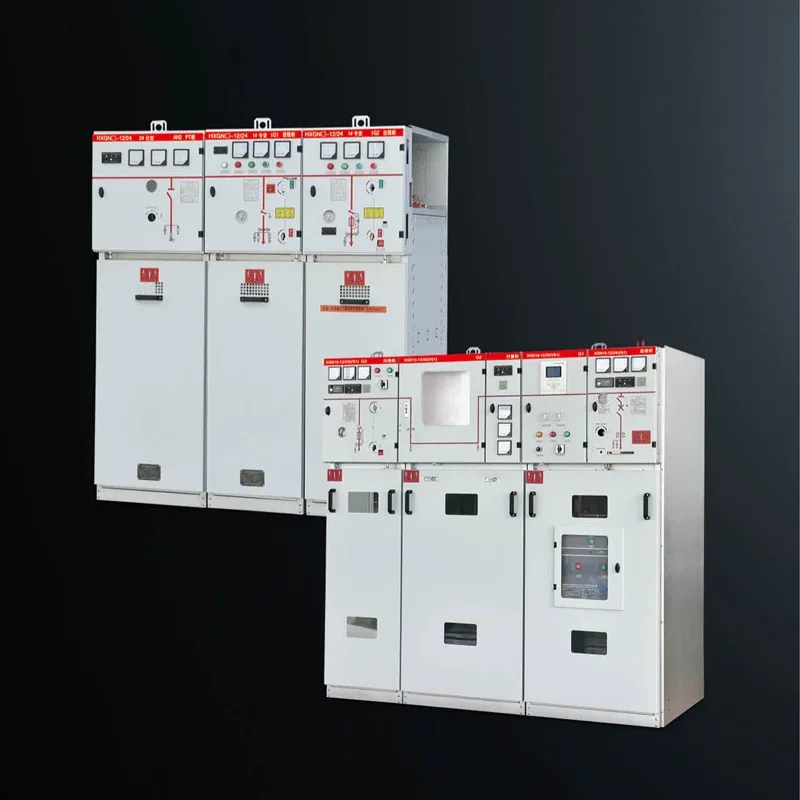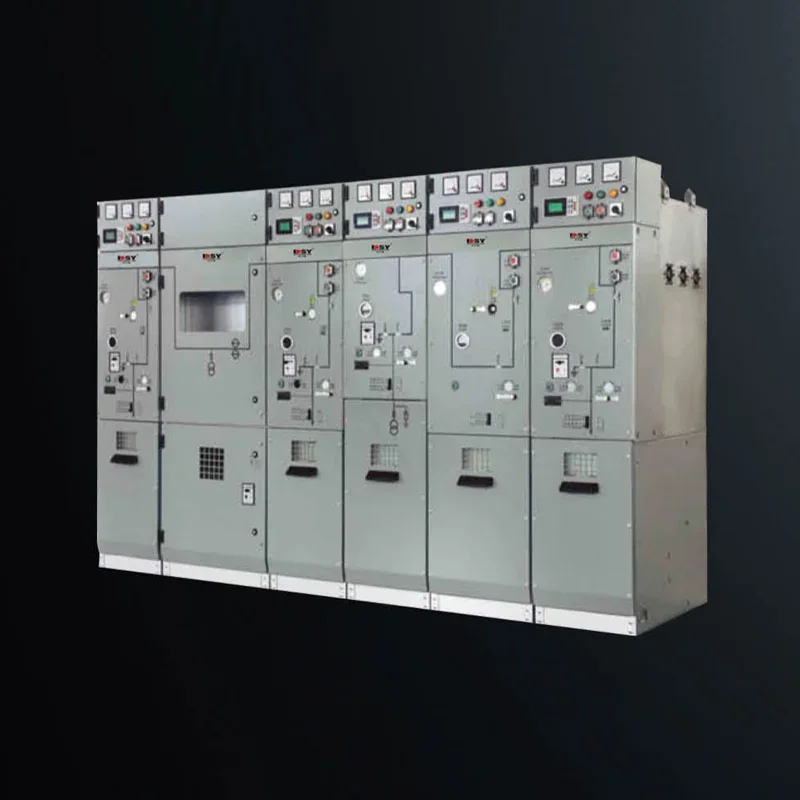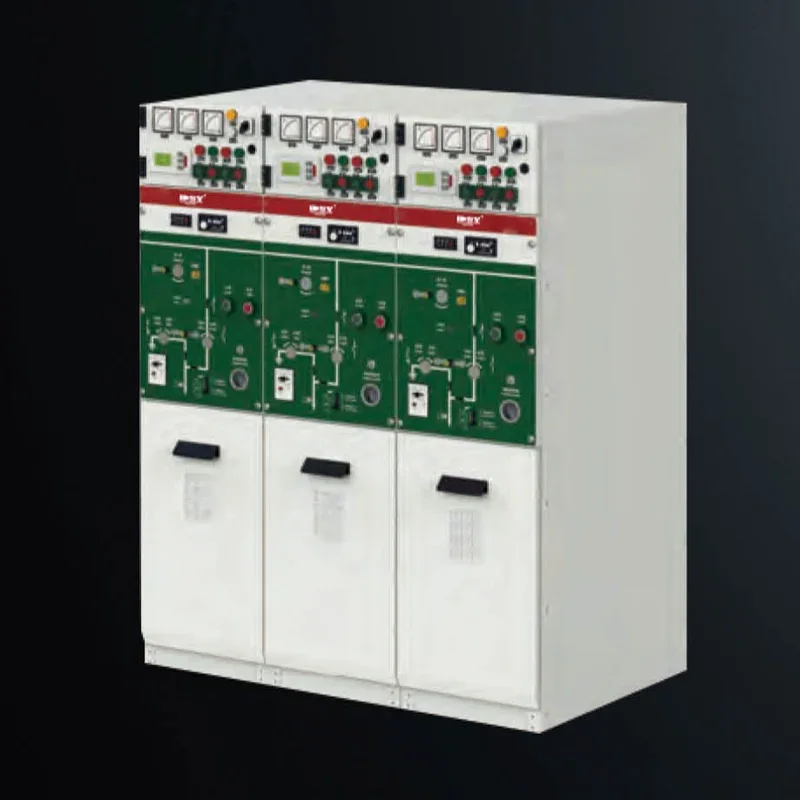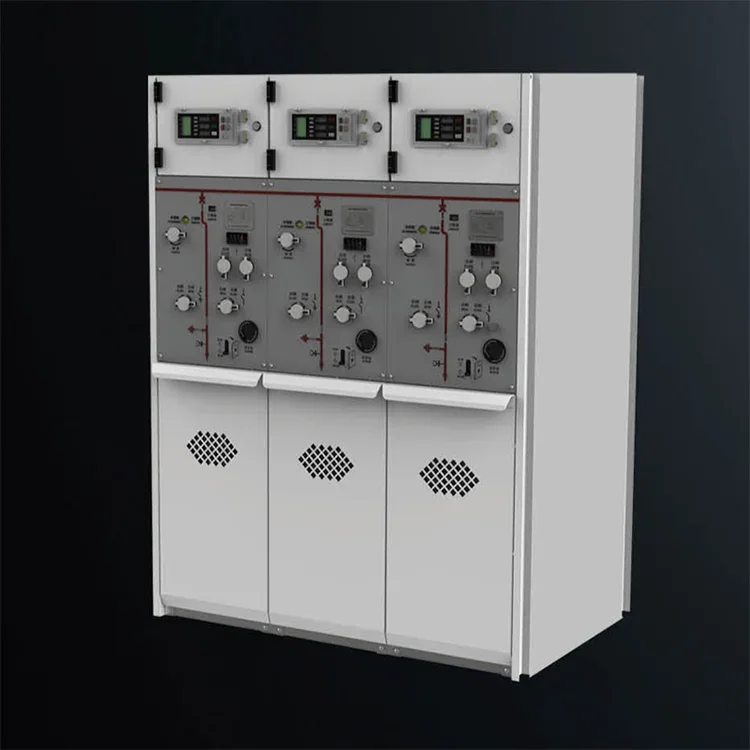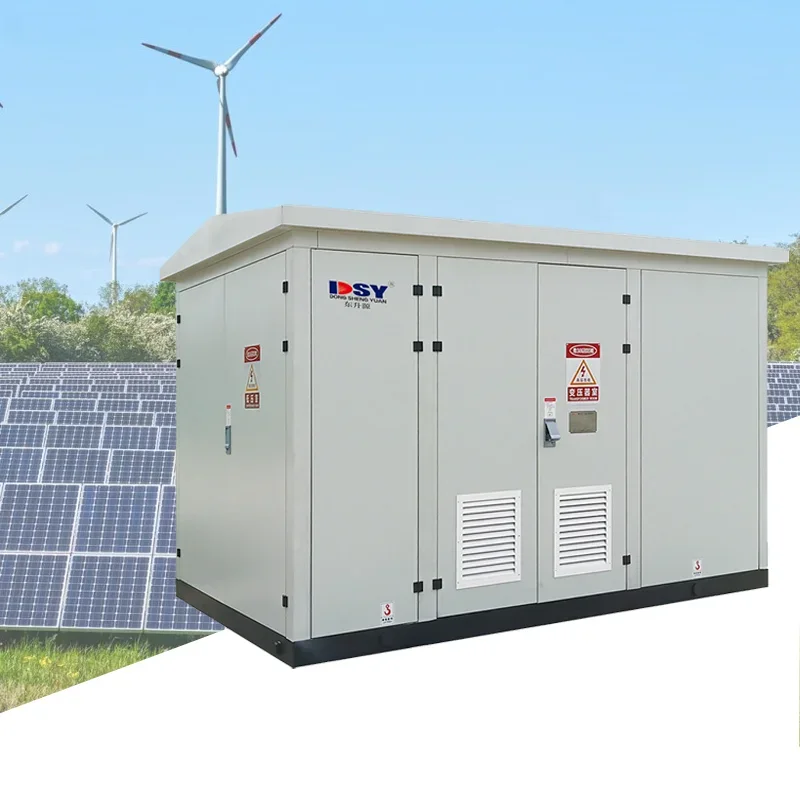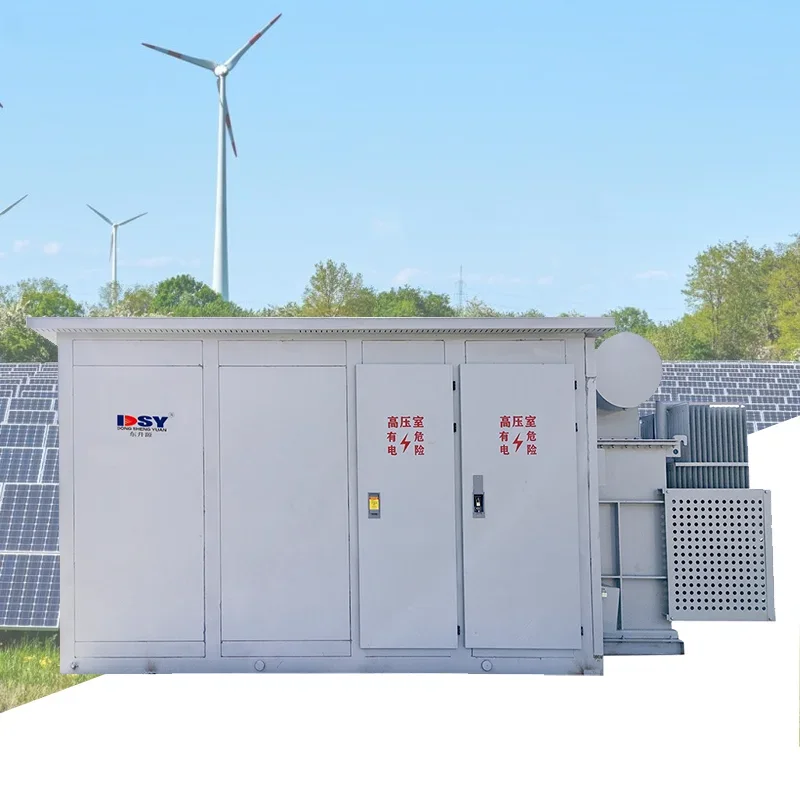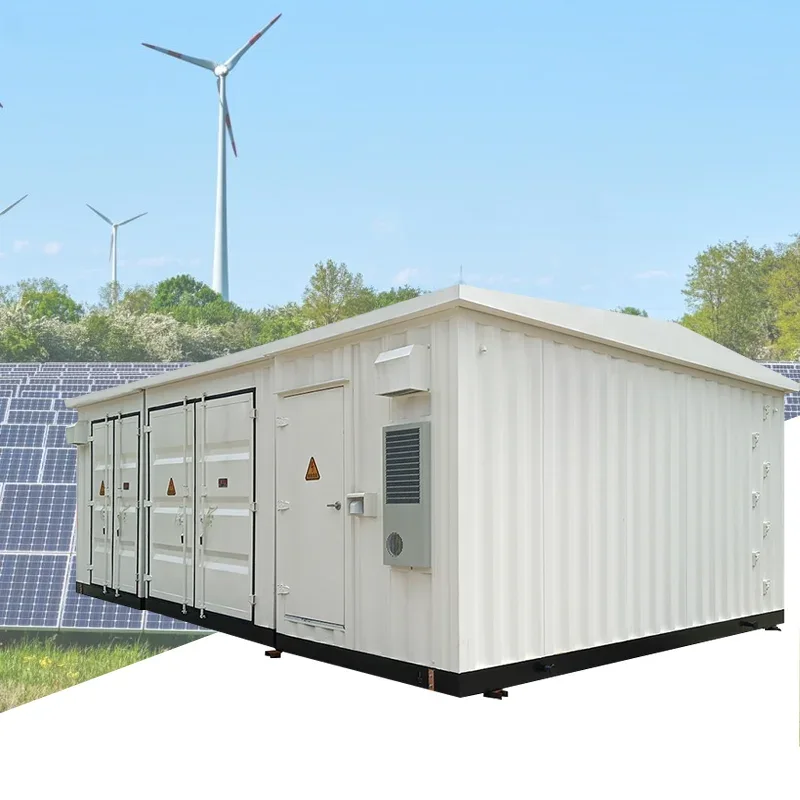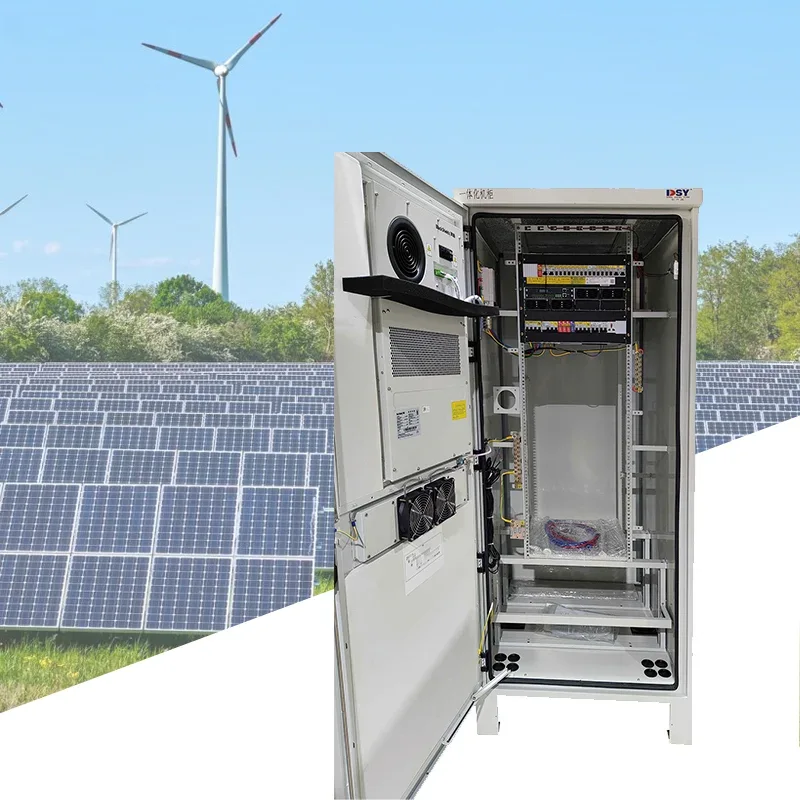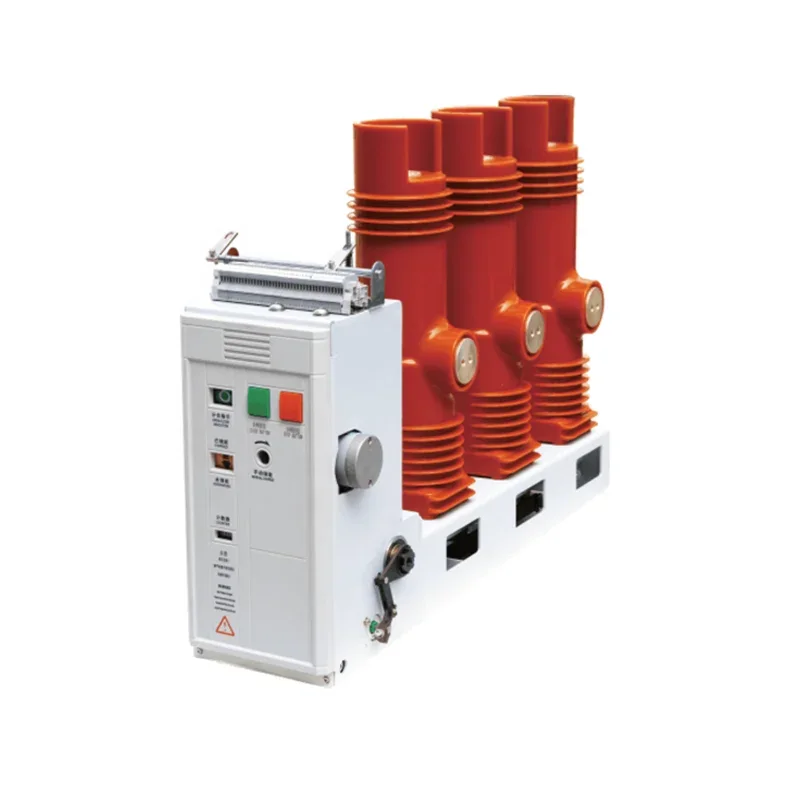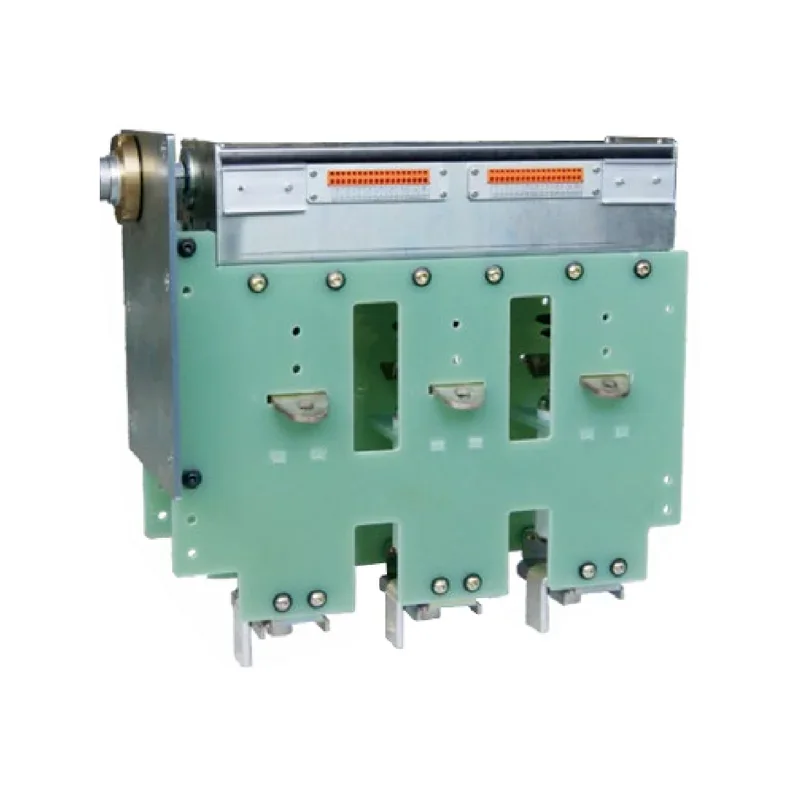Understanding the Role of a Load Switch in Modern Electrical Systems
Understanding the Role of a Load Switch in Modern Electrical Systems Table of Contents What is a Load Switch? Importance of Load Switches in Electrical Systems Types of Load Switches How Load Switches Work Applications of Load Switches in Various Industries Load Switches and Energy Efficiency Safety Features of Load Switches Future of Load Switches in Electrical Sy
Jun 16,2025
Understanding the Role of a Load Switch in Modern Electrical Systems
Table of Contents
- What is a Load Switch?
- Importance of Load Switches in Electrical Systems
- Types of Load Switches
- How Load Switches Work
- Applications of Load Switches in Various Industries
- Load Switches and Energy Efficiency
- Safety Features of Load Switches
- Future of Load Switches in Electrical Systems
- Frequently Asked Questions
What is a Load Switch?
A load switch is an essential component in modern electrical systems, designed to control the flow of electrical energy to various loads. It acts as a gateway, allowing or interrupting the power supply to devices, circuits, or systems based on specific conditions. Load switches are crucial for both safety and functionality, making them a fundamental element in residential, commercial, and industrial applications.
Importance of Load Switches in Electrical Systems
Load switches play a pivotal role in managing electrical systems. Their significance can be attributed to several factors:
- Safety: Load switches help protect circuits from overloads and short circuits, ensuring the safety of both equipment and users.
- Control: They allow operators to remotely or manually control the power supply, facilitating efficient energy management.
- Reliability: Load switches contribute to the overall reliability of electrical systems by providing stable connections and quick disconnections as needed.
- Energy Efficiency: By managing the power supply effectively, load switches help reduce energy consumption and costs.
Types of Load Switches
Several types of load switches exist, each designed for specific applications and conditions. Here are the most common types:
Mechanical Load Switches
Mechanical load switches are traditional devices that utilize physical mechanisms to open or close circuits. They are widely used due to their simplicity and reliability.
Electronic Load Switches
Electronic load switches use semiconductor technology to control power flow. They offer faster switching times, lower power loss, and smaller sizes compared to mechanical switches.
Smart Load Switches
Smart load switches are equipped with advanced features such as remote monitoring, diagnostics, and control capabilities. They are increasingly popular in modern smart home and building automation systems.
Fuse Load Switches
Fuse load switches combine the functionality of a load switch and a fuse, providing a safeguard against overcurrent conditions while allowing control of the load.
How Load Switches Work
Understanding how load switches operate is key to appreciating their role in electrical systems. The basic operation can be summarized as follows:
- When a load switch is activated, it closes the circuit, allowing current to flow to the connected load.
- When the switch is deactivated, it opens the circuit, interrupting the current and stopping power supply to the load.
- Load switches often have built-in mechanisms for detecting faults, which can trigger automatic disconnection to protect the system.
Applications of Load Switches in Various Industries
Load switches find applications across numerous industries, including:
Residential Applications
In residential settings, load switches control lighting, heating, and appliances, providing convenience and safety for homeowners.
Commercial Applications
Commercial buildings utilize load switches for managing HVAC systems, security systems, and lighting controls, enhancing energy efficiency and operational effectiveness.
Industrial Applications
In industrial environments, load switches are crucial for managing heavy machinery, conveyor systems, and safety systems, ensuring operational reliability and worker safety.
Load Switches and Energy Efficiency
One of the key benefits of load switches is their contribution to energy efficiency. By enabling precise control over power distribution, they reduce unnecessary energy consumption. This can lead to:
- Lower utility bills for consumers and businesses.
- Reduced carbon footprints and environmental impact.
- Enhanced performance of electrical systems through optimized load management.
Safety Features of Load Switches
Safety is a paramount concern in electrical systems, and load switches come equipped with various safety features:
- Overcurrent Protection: Many load switches offer built-in overcurrent protection mechanisms to prevent damage to electrical circuits.
- Short Circuit Protection: Load switches can detect short circuits and disconnect power instantly to prevent hazards.
- Thermal Protection: Some load switches feature thermal sensors that monitor temperature, preventing overheating and potential fires.
Future of Load Switches in Electrical Systems
The future of load switches looks promising, with advancements in technology signaling new developments:
- Integration with IoT: The integration of load switches with the Internet of Things (IoT) will enhance their functionality, allowing for real-time monitoring and control.
- Smart Grids: As smart grids evolve, load switches will play a vital role in optimizing energy distribution and consumption across the grid.
- Increased Automation: The trend towards automation in various industries will drive demand for advanced load switches capable of seamless integration with automated systems.
Frequently Asked Questions
1. What is the primary function of a load switch?
The primary function of a load switch is to control the flow of electrical energy to various connected devices or systems. It allows for turning the power on or off as needed.
2. How does a load switch enhance energy efficiency?
By managing power distribution effectively, load switches help reduce unnecessary energy consumption, leading to lower utility costs and a reduced environmental impact.
3. Are load switches safe to use?
Yes, load switches come equipped with various safety features, such as overcurrent and short circuit protection, ensuring safe operation within electrical systems.
4. Can load switches be used in residential applications?
Absolutely. Load switches are commonly used in residential settings to control lighting, appliances, and HVAC systems for enhanced convenience and safety.
5. What advancements can we expect in load switch technology?
Future advancements may include integration with IoT, enhanced automation capabilities, and improved functionality in smart grid applications, making load switches more efficient and user-friendly.
Conclusion
Load switches are indispensable components in modern electrical systems, offering a blend of safety, control, and efficiency. As technology continues to evolve, the role of load switches will undoubtedly expand, ushering in a new era of energy management. Understanding their functionality, types, and applications is crucial for anyone involved in the design, implementation, or management of electrical systems. By leveraging the capabilities of load switches, we can enhance the reliability and efficiency of our electrical infrastructure, paving the way for smarter energy solutions in the future.
PREVIOUS:
Related News
The difference between circuit breakers and vacuum circuit breakers
Circuit breaker is an abbreviation for pole type circuit breaker. Circuit breakers are also vacuum circuit breakers
Voltage regulators are required for various places that require voltage control, such as controlling lighting

